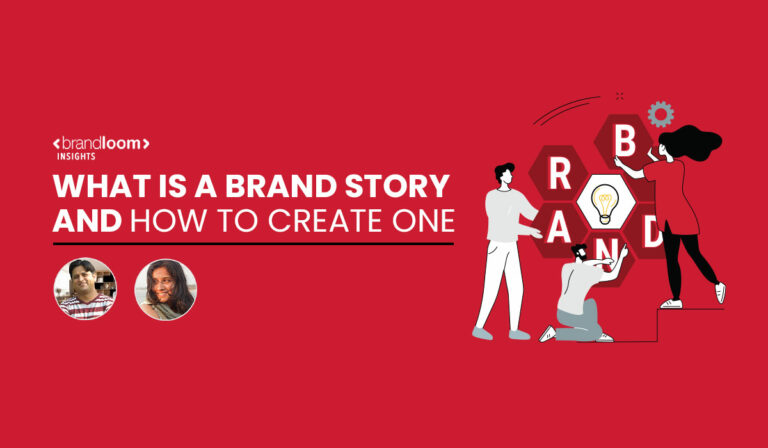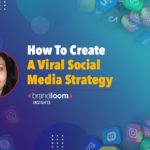Imagine meeting a new person. You can only decide whether you click with them after you know more about them. Like where they come from, what drives them, their values, their personality, and what they want to achieve.
For any brand, it works the same way. Its intended audiences become invested in it if they like what the brand is about. So, to connect with your audiences, you need to give your brand its own story. Your audience needs to connect with your Brand Story.
Writing your brand story is a crucial part of your branding exercise. Today, we will look at what is a brand story, how you should write one, and what role it plays in building your brand.
If you need help creating your brand story, talk to the branding experts at BrandLoom. We will help you lay down the foundations for a successful brand and help it resonate with your audiences so that they stay invested in you for the long term.
What is a brand story?
If your brand is a person, its brand story summarizes its life, values, and desires. It’s the central philosophy that shapes your brand. It is not a sales document- but a compelling narrative that humanizes your brand and makes it more relatable to people.
Brand story definition
A brand story is a document that talks about what your brand stands for, what difference it aims to create, the people it targets, and its personality. If your brand was a person, and you asked them to talk about themselves meaningfully, what they would say would be like a brand story.
However, remember that a brand story is not a commercial document. It is an inspirational document that lays down the foundation of your brand and defines its core aspects and personality. A brand can have many stories- every campaign it creates can have its own story.
Brand Story Examples
Let us take the example of Spiderman Peter Parker. After acquiring his superpowers, he participated in an underground fight to earn some money. After winning the match, he saw a criminal escaping, but that did not stop him- thinking it was none of his business.
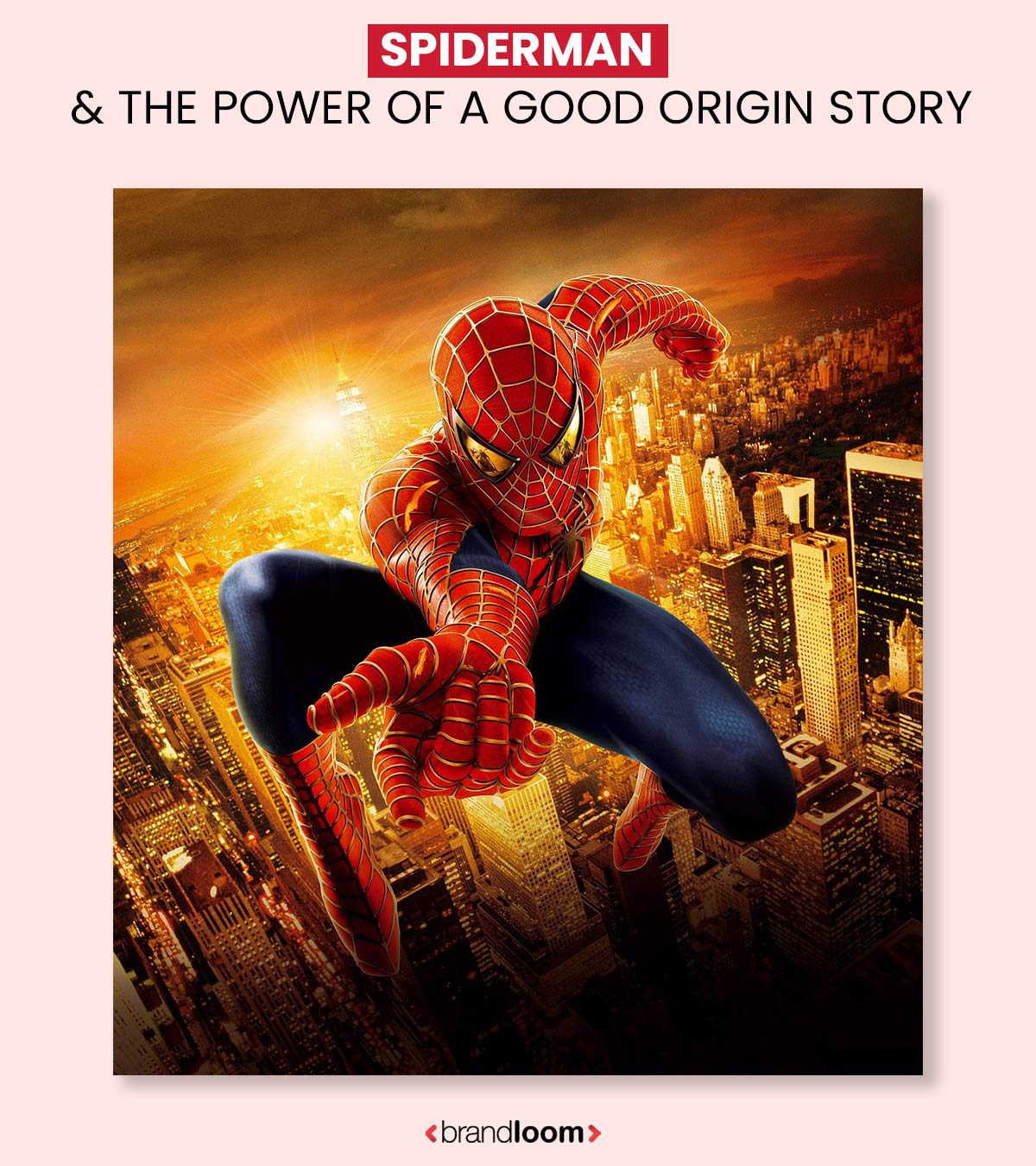
However, when he came home, he discovered that the man he did not stop, mugged his beloved uncle Ben. As a result of his inaction, he lost his uncle, and his aunt became a widow. Guilt-stricken and remorseful, Peter Parker took up the mantle of Spiderman- becoming the protector of the neighborhood and fighting injustice.
Today, he is one of the most beloved superheroes in the world. People admire Spiderman not only for his superpowers- but also because they root for Peter and his motivation. They identify with an ordinary neighborhood teen who acquired his powers by accident, made a mistake, and now uses his powers to make sure nobody else has to go through the grief that his family is going through.
Spiderman’s origin story is probably one of the most famous and powerful ones in the business. His backstory makes Spiderman the brand one of the most powerful and enduring in popular culture.
What does a brand story do?
Your brand story acts as your guiding principle. By looking at it, you can remind yourself and your team WHY your brand exists. Many brands don’t even publish their brand stories for people to see- but it is the foundational document that their team goes back to.
The brand story is also crucial in shaping your brand’s communication strategy. Your philosophy reflects in your tone and informs your brand’s personality. Likewise, your vision and values determine the relationship you want to create with your audiences and employees.
ONE BRAND CAN HAVE MANY STORIES
Yes, a single brand can have more than one story. A brand story must punctuate every campaign they run or every branding exercise they undergo. This gives the company a better perspective on the communication strategy for the project they are focusing on- and keeps the brand relevant and emotionally available for its audiences.
Brand story vs Brand storytelling: Know the difference
Many people mistake a brand story for brand storytelling. While the terms look similar- they are hugely different.
A brand story is a document that conveys the spirit of the brand. It outlines its origins, purpose, values, mission, vision, and personality. It is like a snapshot of your brand’s soul and personality.
Brand storytelling, on the other hand, is a way of communication. It is the way of talking to your audience that appears like you are telling them a story. It is conversational, personable, emotional, and authentic- and aims to engage the audience emotionally.
Storytelling is a style and an approach towards communication and is usually only directed toward the audience. However, a brand story talks to the audiences and the team that makes up the company.
Now that the difference is clear let us look at how to make a brand story.
Before we get into how to create a brand story, we need to understand why you should do it.
Why you should write a good brand story? Why do you need a brand story?
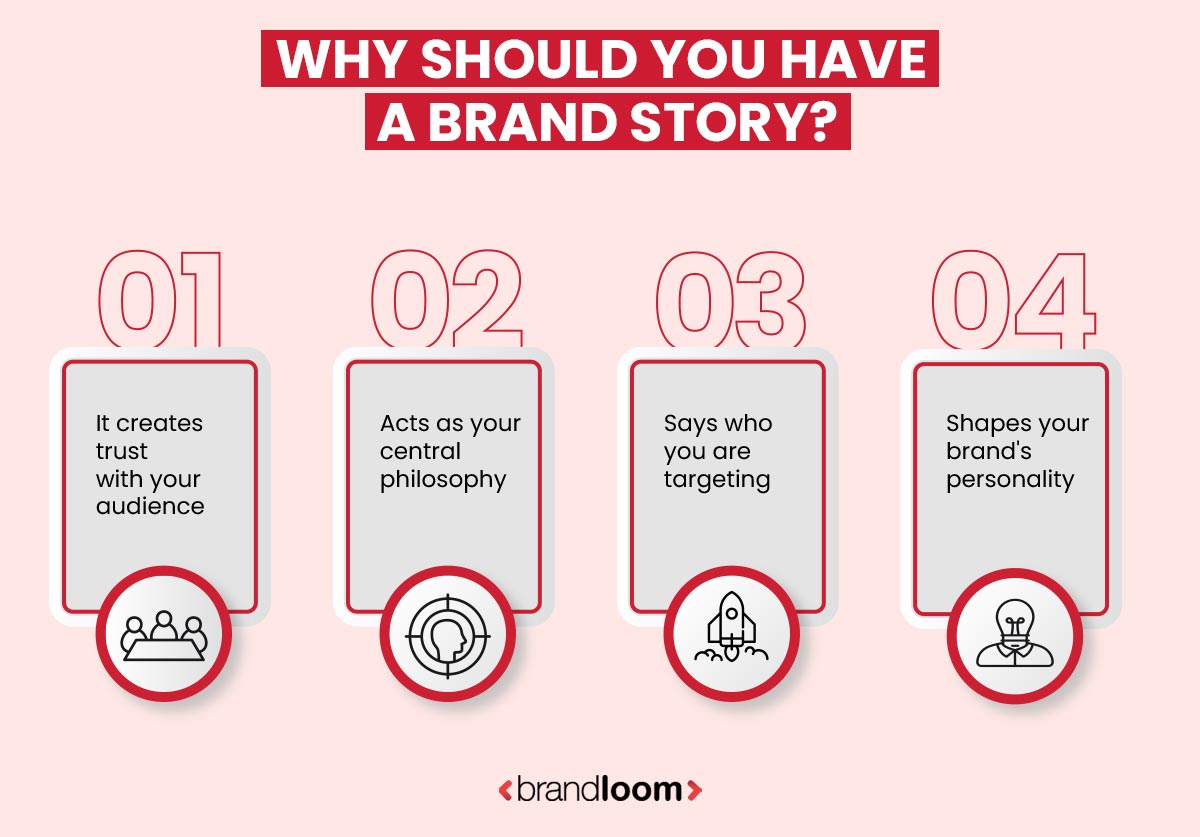
- It creates trust with your audience.
- Acts as your central philosophy
- It says who you are targeting.
- Shapes your brand’s personality
A brand story is not a marketing or policy document but lays down your brand’s foundation. If you know how to tell a brand story, here is what you can get from it.
1 Brand Story helps you build trust with your audience
People trust brands that they know about. And by knowing, we mean knowing the brand beyond its logo or tagline and what product it sells. A brand story is like a mind map- people can understand
- What the brand THINKS,
- WHAT it pays importance to,
- HOW it views the world it inhabits, and
- WHY it acts the way it does.
Unthinkable Media’s founder outlined its brand story in one of his blog posts:
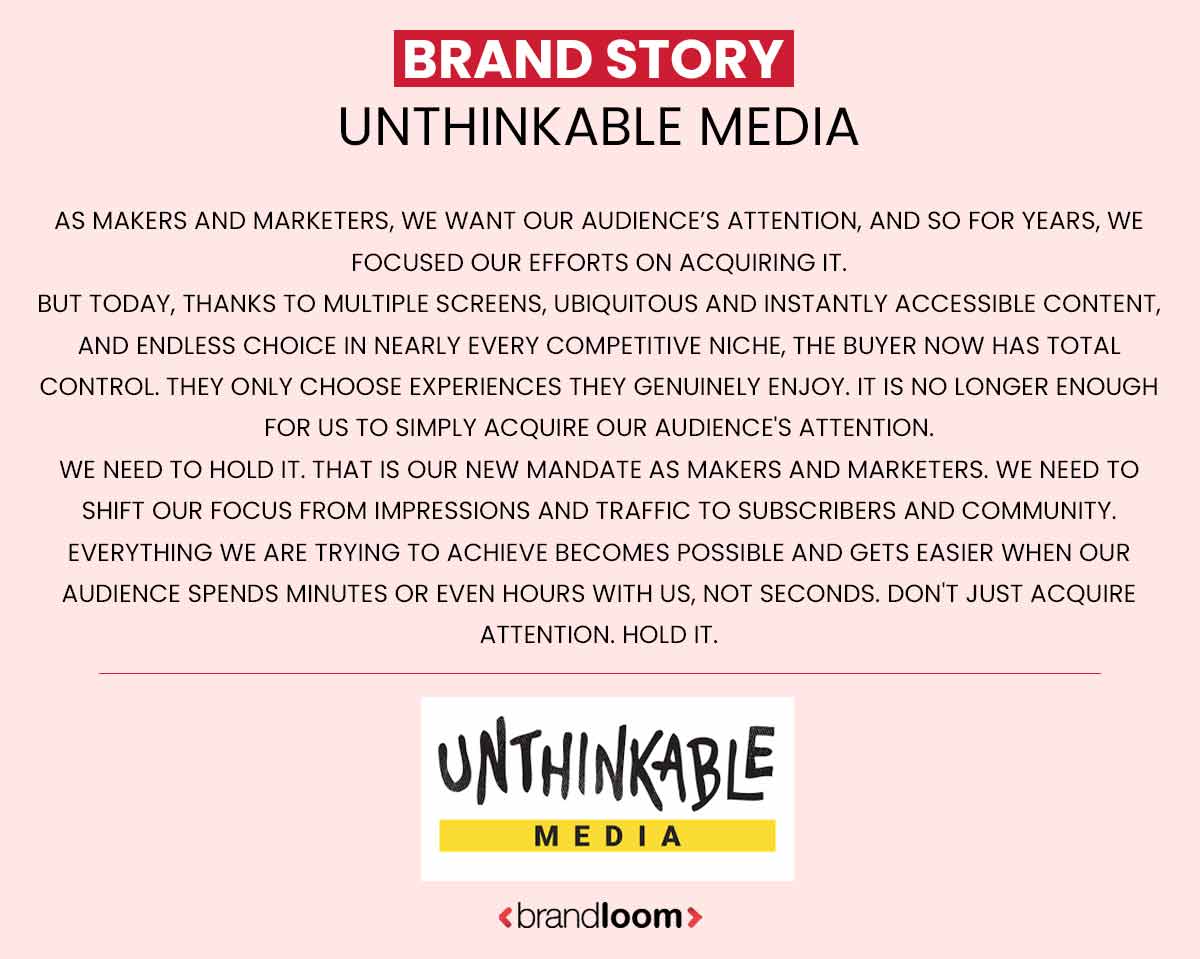
As makers and marketers, we want our audience’s attention, so for years, we focused on acquiring it.
But today, thanks to multiple screens, ubiquitous and instantly accessible content, and endless choice in nearly every competitive niche, the buyer now has total control. They only choose experiences they genuinely enjoy. It is no longer enough to acquire our audience’s attention simply.
We need to hold it. That is our new mandate as makers and marketers. We must shift our focus from impressions and traffic to subscribers and community. Everything we are trying to achieve becomes possible and gets easier when our audience spends minutes or even hours with us, not seconds. Don’t just acquire attention. Hold it.
A good brand story makes your brand come across as more authentic and cultivates trust- both with the audiences and the employees.
2 Brand Story Acts as your central philosophy
As we said before, your brand story is your guiding light. It acts as the central philosophy for your brand- explaining your brand’s purpose, its values, and its worldview. This is crucial when you formulate your policies, run your business, engage your audience, and manage your team.
Toms shoes truly get it right. It immediately builds an emotional connection with its audience and employees and outlines its noble purpose.
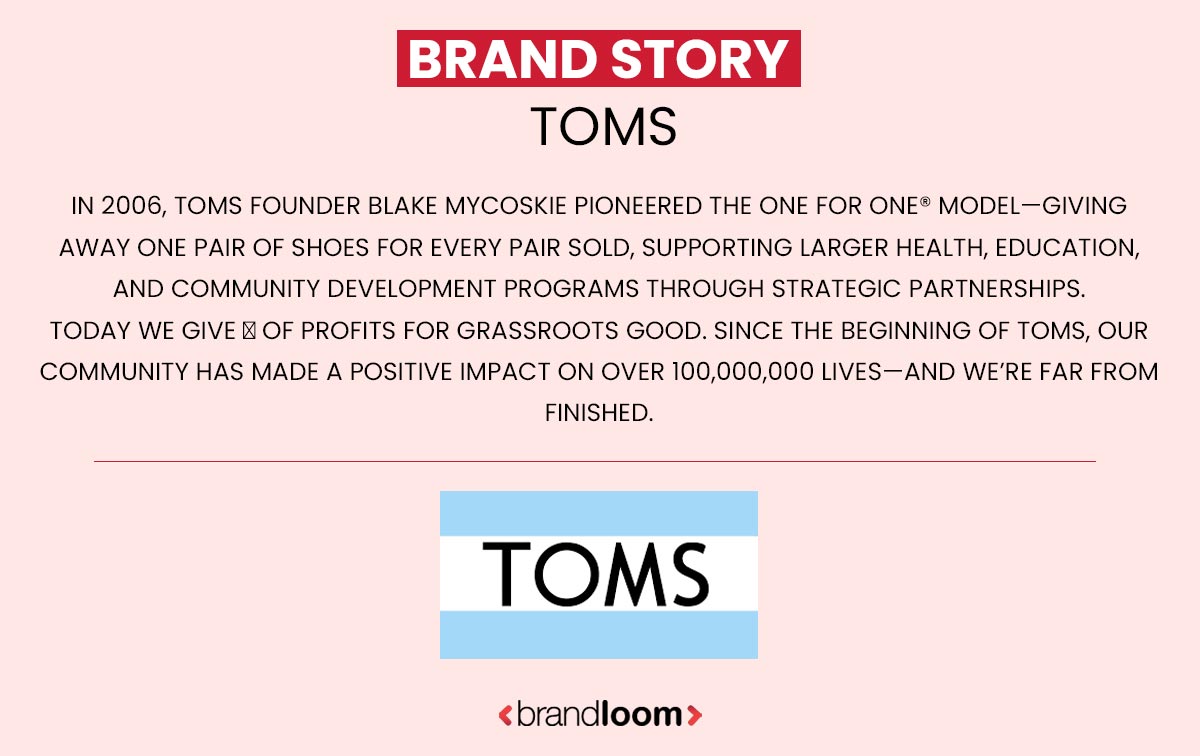
In 2006, TOMS founder Blake Mycoskie pioneered the One for One® model—giving away one pair of shoes for every pair sold, supporting larger health, education, and community development programs through strategic partnerships.
Today we give ⅓ of profits for grassroots good. Since the beginning of TOMS, our community has positively impacted over 100,000,000 lives—and we’re far from finished.
3. Brand Story Says who you are targeting
At the core of any brand is its target audience. Who they are speaking to defines EVERYTHING else. So it’s no surprise that the audience also takes a center place in the brand story. Want to know how to tell a brand story? Talk about the people you are speaking to.
Look at Grado Labs, which creates headphones. It makes it clear that its products are meant for discerning music enthusiasts who don’t go blindly by hype.
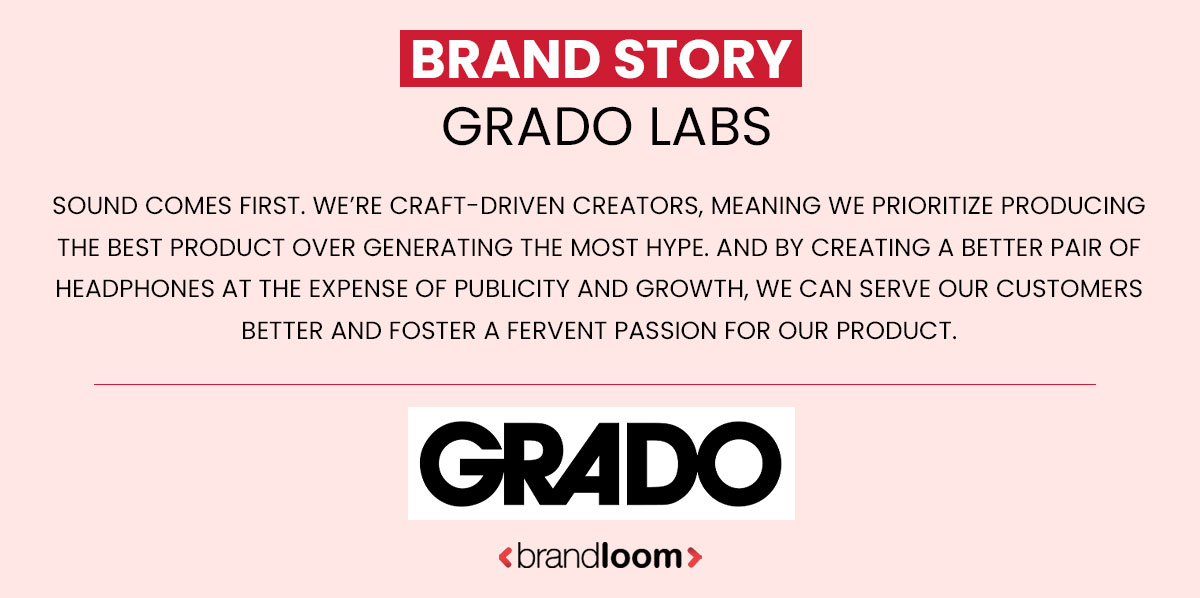
Sound comes first. We’re craft-driven creators, meaning we prioritize producing the best product over generating the most hype. And by creating a better pair of headphones at the expense of publicity and growth, we can serve our customers better and foster a fervent passion for our product.
4. Brand Story specifies your brand’s personality
If you want to create a strong brand, your brand must have a distinct personality. A good brand story fleshes it out.
Warby Parker, the favourite new-age eyewear brand, talks about their brand in an upbeat, peppy (and distinctly Gen Z) way in this video.
So, now that you know WHY your brand story matters let’s look at HOW to craft a brand story.
How to write a good brand story? The things your story should touch upon
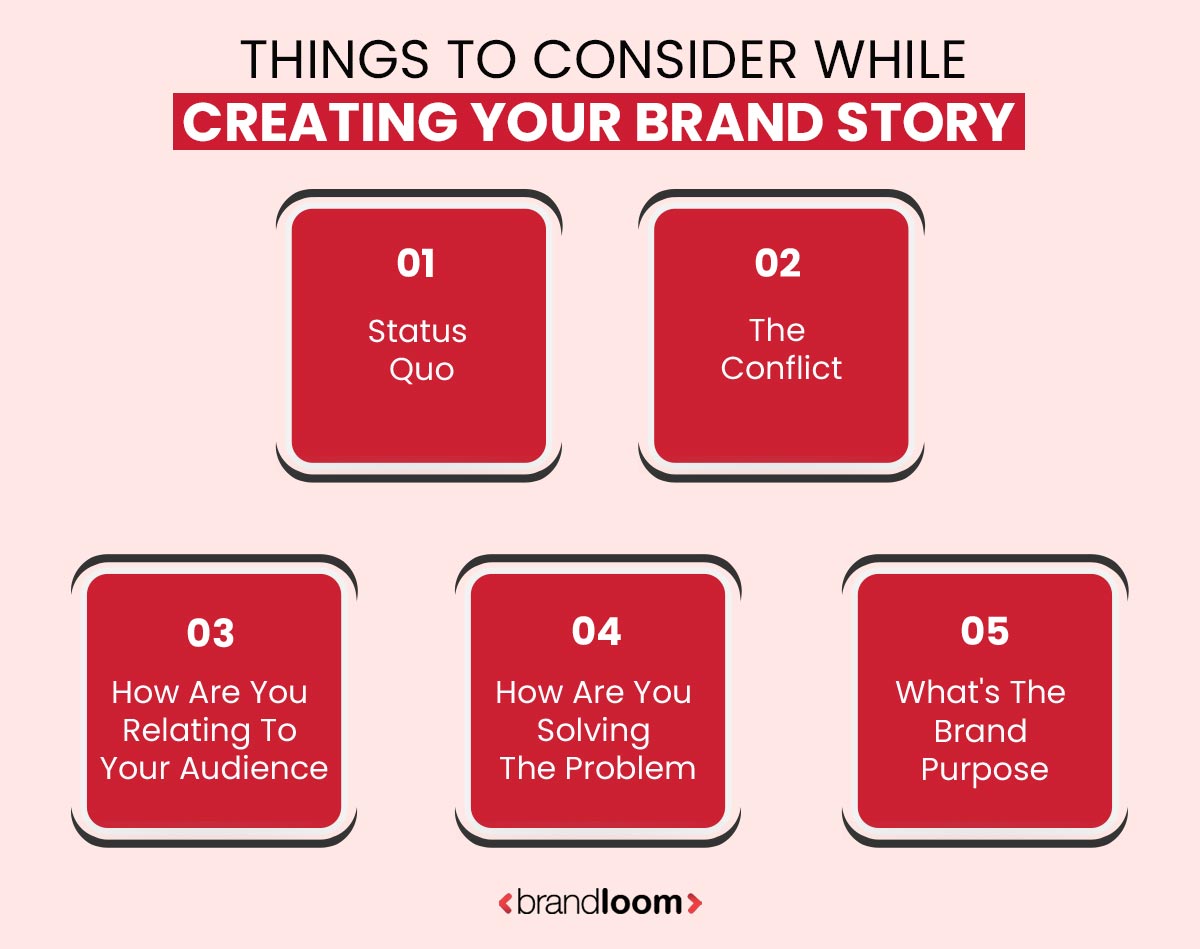
Let us go step by step. If you want to write an effective brand story, you need to figure out a few things:
1. What is the current state of things?
For your brand to create a good impression- it must feel different. And to do that, you first have to take stock of the current state of the market or world at large. Think of it like setting up the background of the story.
2. What is the conflict?
Now that you know what the status quo is- it is time to identify the problem that you are going to solve. Here, you introduce the conflict in your brand story.
Remember, there is no story without a conflict. Batman has to foil the Joker, the slow tortoise has to beat the fast hare, and your brand has to overcome a challenge for people to root for it. Spell out the problem that exists and how it is affecting the people.
This brings us to the next part.
3. How are you relating to your target audiences?
So, how is the conflict affecting your audiences? By bringing this conflict to light, you can make your audience feel SEEN. This helps your brand story resonate with them.
Look at how Soul Cycle, the cult fitness brand, puts it across. It identifies that the problem with most fitness routines is that it “feels like work”. This is instantly relatable to A LOT of people who are exercising and want to stay fit, but the grind feels exhausting and soul-sucking to them.
4. How are you solving the problem?
This now brings your expertise into the picture. How do you, as a brand, plan to solve this conflict affecting the people you care about?
Here you talk about why the audience should invest in YOU in particular and what unique qualities you have that make you the RIGHT CHOICE for solving their problem. In this part, you talk about how you approach this problem and how you can create a positive impact for your customers/users.
Look at the “Parisian Love” video by Google. We only get to look at some terms being searched for, but with a distinctly romantic background track and some well-chosen sounds, what unfolds is a story of love. It tells how Google brings together people and bridges language and cultural barriers. It is storytelling at its finest.
5. What is your higher purpose
Because this is all about the purpose, your brand stands for. You have identified this conflict and are solving this because you care. And that should be the thread that runs through your brand story.
Thinx, which makes period-proof underwear, spells it out beautifully.
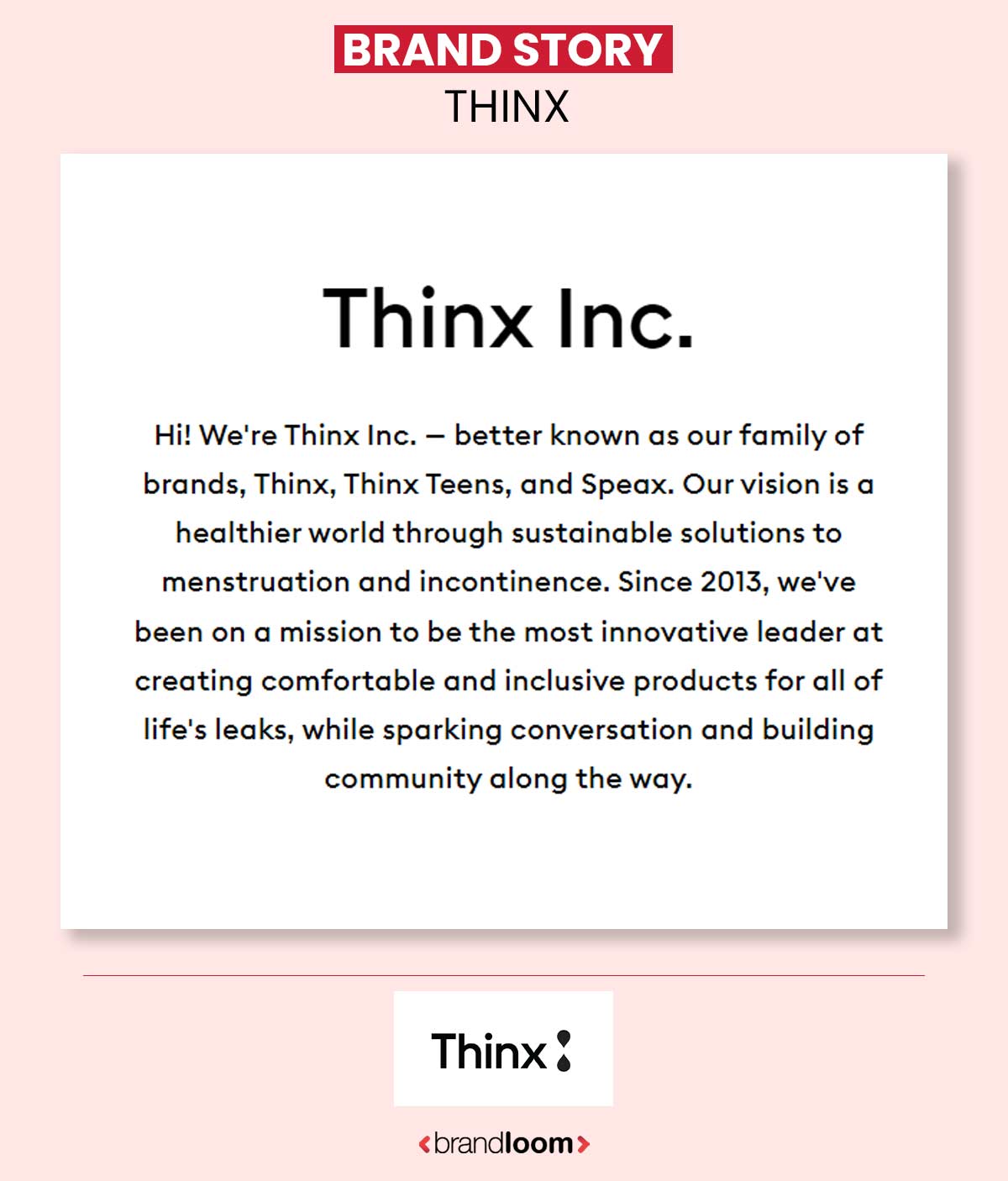
Now that you know WHAT goes into it, let us focus on how to build a brand story.
How to create a compelling brand story?
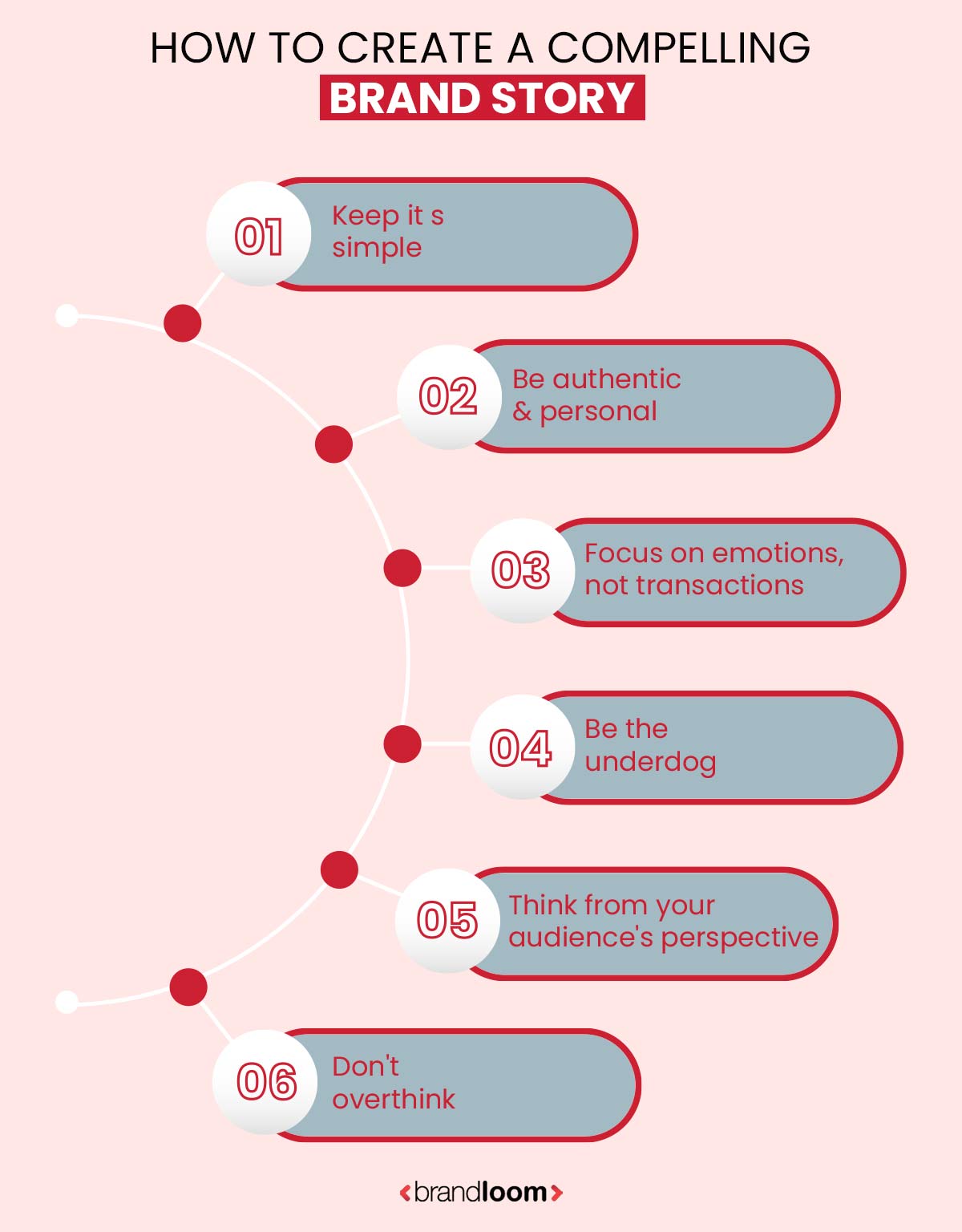
1 Keep it simple
Your brand story should be simple and conversational. Tell ONE story, and make it resonate instead of trying to talk about everything your brand does. Your brand story should talk about large-scale problems that affect many people rather than get into hairsplitting or too many detail. The language should be personable and accessible.
Let’s look at Nike’s “Crazy” campaign. It focuses on women in sports who have overcome great odds to emerge as pathbreakers and international icons. It sticks to ONE theme and builds a strong emotional connection.
2. Be authentic & personal
Your brand story is not a formal or legal document. It is TALKING TO PEOPLE ABOUT WHO YOU ARE. So, it should feel authentic and personal. This humanizes your brand and makes it resonate with people.
Tito’s Vodka does it beautifully. Look at their story- it feels like someone telling this to you. We want to know how Tito, “the mortgage guy,” becomes “the vodka guy.”
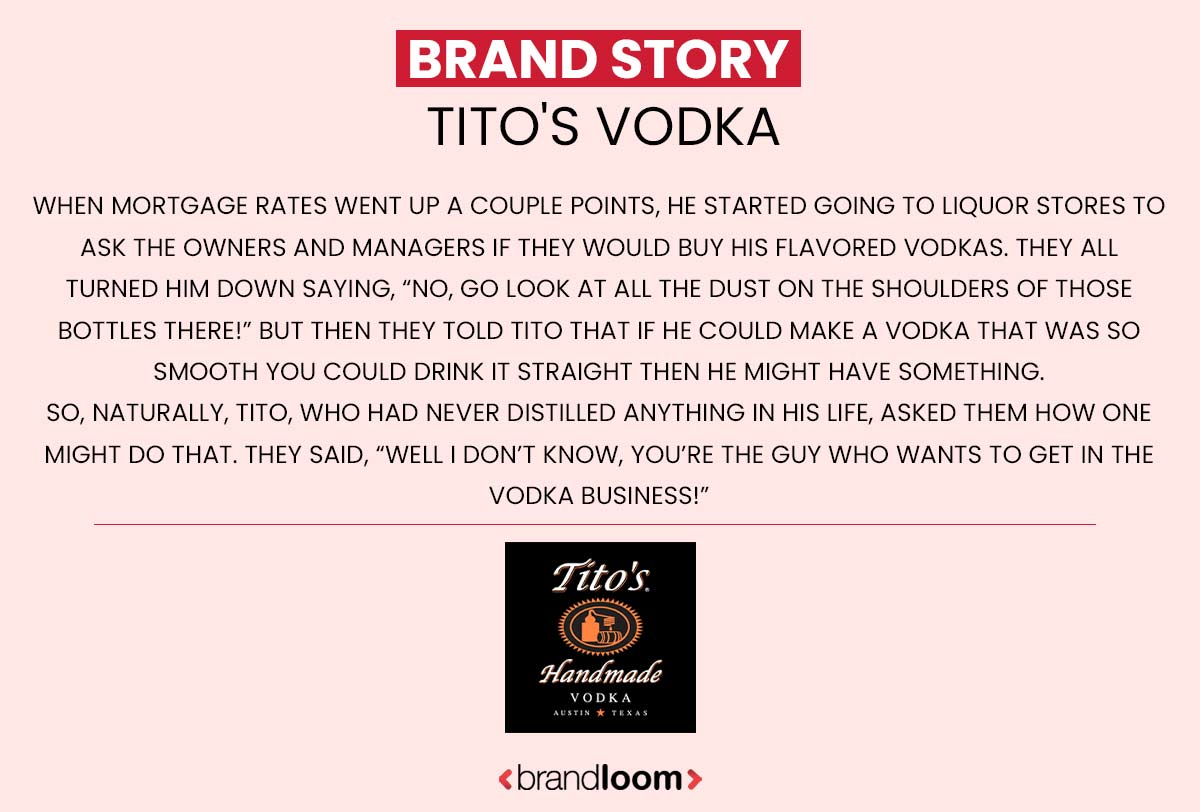
When mortgage rates went up a couple of points, he started going to liquor stores to ask the owners and managers if they would buy his flavored vodkas. They all turned him down, saying, “No, go look at all the dust on the shoulders of those bottles there!” But then they told Tito that if he could make a vodka that was so smooth you could drink it straight, then he might have something.
So, naturally, Tito, who had never distilled anything in his life, asked them how one might do that. They said, “Well, I don’t know, you’re the guy who wants to get in the vodka business!”
3. Focus on the emotional rather than transactional aspect
Brands are built on emotions, not transactions. No brand becomes a market leader and endures for years unless it gets its followers to invest in it emotionally. Think of the biggest brands in the world- Disney, Apple, Nike, Tata.
When you think about them, it brings out strong emotions. Your brand story should focus on the emotions you want your audiences to feel; rather than talk about the specifics of products. A brand story should be a source of inspiration, not a promotional leaflet.
4. Talk about your purpose and become the underdog
Everyone loves a good underdog story- and it is no exception when it comes to your brand. Present your brand as one that upend the status quo to cause a positive impact. Your story should discuss what odds you have to overcome and WHY you want to fight that battle. This is a strong source of inspiration for you and your audiences to stay invested in your mission and vision.
5. Think from your audience’s POV
Because everything begins and ends with the audience- you should put yourself in their shows when you write your brand story.
Yes, you are writing about your values and mission- but they should resonate with your audiences. Only by thinking like them can you communicate your story effectively.
6. Don’t overthink
And lastly- don’t overthink it. It should be about the feelings you want to invoke and the purpose you hold dear. You don’t have to make it too long or flowery. Do not try to talk about too many things; don’t write it to impress anyone. Write it straight from your heart so that every time you look back- it will be right there to inspire you.
Now, let’s turn to how to actually build a brand story.
Brainstorming: How to come up with a brand story
Brainstorming for your brand story: the 3 things to consider
- Your brand: personality, tone of voice, purpose, emotions it invokes, goals, ideals
- The market: the industry & the competition
- The audience: who they are, what they want and what are their pain points
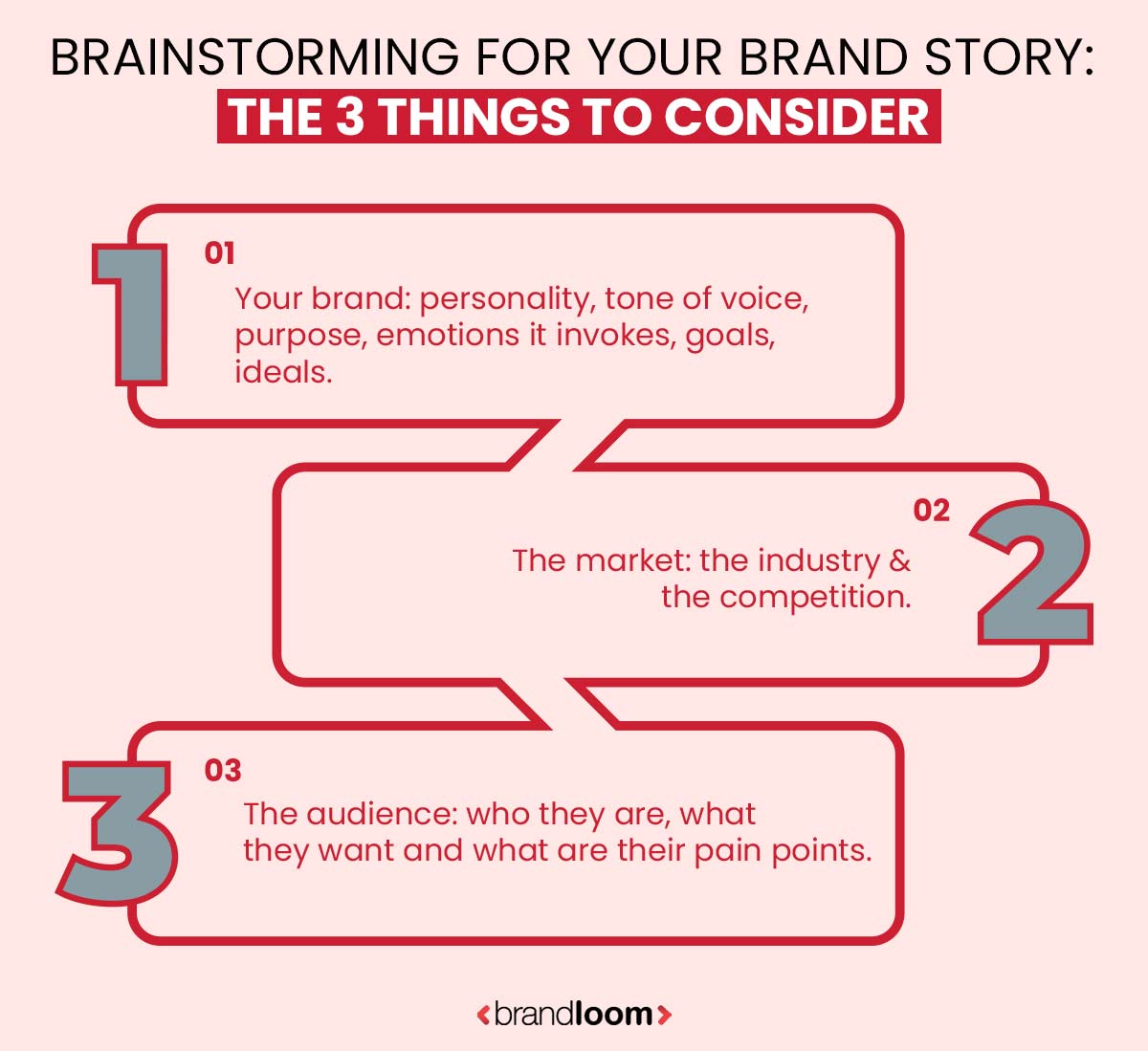
1 Know yourself
Objectively assess your brand. If you are a startup, write down what you are going to do, who you are targeting and what do you want to be like.
Assess your own strengths and weaknesses, and aspirations. You should consider all the following aspects and write down your thoughts on:
- Personality
- Tone of voice
- Purpose
- Emotions you want to invoke
- Goals
- Ideals
2. Know the world you operate in
You cannot create a niche for yourself unless you know your market.
The market: What is the industry like? Is there any present issue it is facing? How do you think things will be in the future?
The competition: Who are your competitors, what are they like, and how are they presenting themselves? What is working for them, and what’s not?
3. Know your audience
Your brand belongs to your customers and how they shape it. So, know who they are and their desires.
- Who are they- demographically?
- What are their pain points?
- What do they desire?
- Is there anything they abhor?
Jot down your thoughts on all of these, and do your research on your audiences, competitors and the market. Now, write down your brand story.
How to Write a brand story
Here is how to write a brand story?
- Define your target audience
- Choose the right elements to build your story with
- Establish the right tone of voice for your brand
- Write your brand story
- Incorporate your brand story in your communication strategy
- Refine and keep iterating
Now let us dig deeper and understand the process in detail:
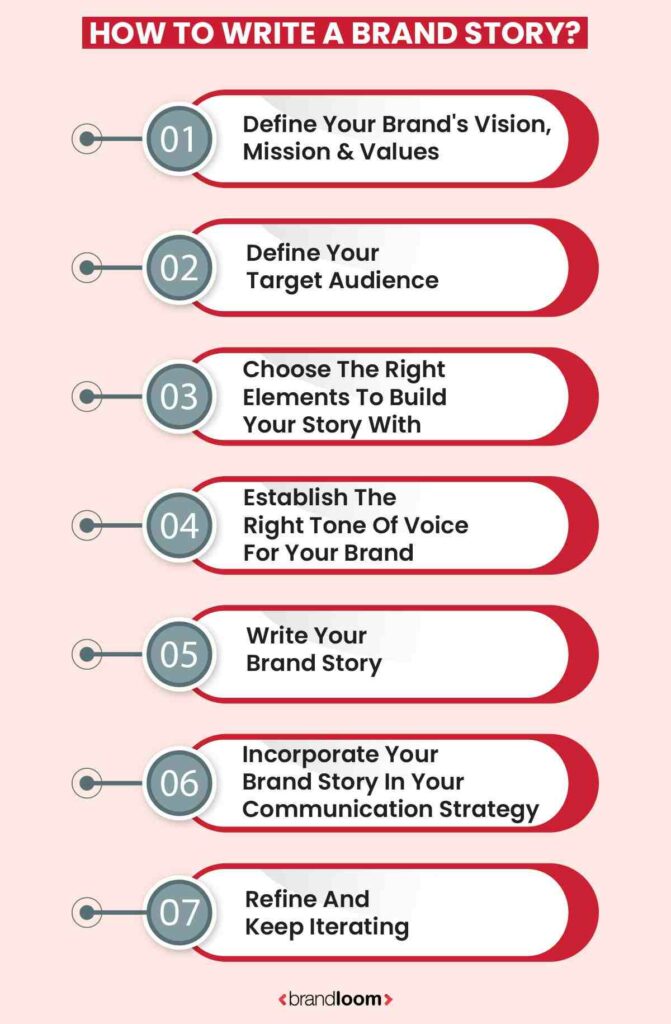
1. Define your brand’s vision, mission & values
Your brand story is all about the difference you want to create. Elaborate on your vision and mission- talk about the world you want to build. Look at your values, for they outline the ideals that you are aspiring for in your brand story.
2. Define your target audience
Start by understanding that NO brand talks to EVERYONE. Your brand too, will only appeal to a specific group of people- so profile them. Where do they live? How much do they earn? What gender/community/ethnicity do they belong to? What are their values, likes and dislikes? Who are they look up to? What are their pain points and what are their desires?
When you know who you are speaking to- you can create a good brand story that can give you an idea of how to connect with them emotionally.
3. Choose the right elements to build your story with
When you know who you are talking to and what you are going to talk about, choose your storytelling elements. What are the characters who are going to inhabit this story? What’s the right medium to expand on it? What is the right setting for this story?
4. Establish the right tone of voice for your brand
It’s time to give your brand the right personality- so decide on the tone of voice. Is your brand going to be irreverent or inspirational? Will it indulge the senses and sound like a lover claiming intimacy or will it be an authority figure? If you don’t know what would be the right tone of voice for your brand- follow our guide to figure it out.
5. Write your brand story
Finally, put the pen to paper and write your brand story. Write the first draft quickly, and then, come back to it and refine it until you find it satisfactory. Remember, a brand story should not be too long, neither does it have to be a literary masterpiece. Do not overthink it or overdo it.
6. Incorporate your brand story in your communication strategy
Once it is done, make you brand story the basis of your communication strategy. No matter what form your communication goes out in- social media posts, videos, posters, web content, blogs, radio ads, outdoor advertisements or a memo to your employees- it should be informed by the same vision and values that are enshrined in your story.
7. Refine and keep iterating
And finally, keep coming back to it from time to time. The world will change around you, so will your audiences and their expectations. To stay relevant, your brand must keep evolving. Accordingly, your brand story must evolve. So keep refining it and keep enforcing its philosophy via your brand communication.
Examples of Good Brand Stories
KFC Brand Story
KFC talks about its humble beginnings- and traces its finger-lickin’ good journey with a brief story.

Dove Brand Story
The beauty brand for real women talks about its origins, mission, and commitments in its brand story. You can read the full story here.
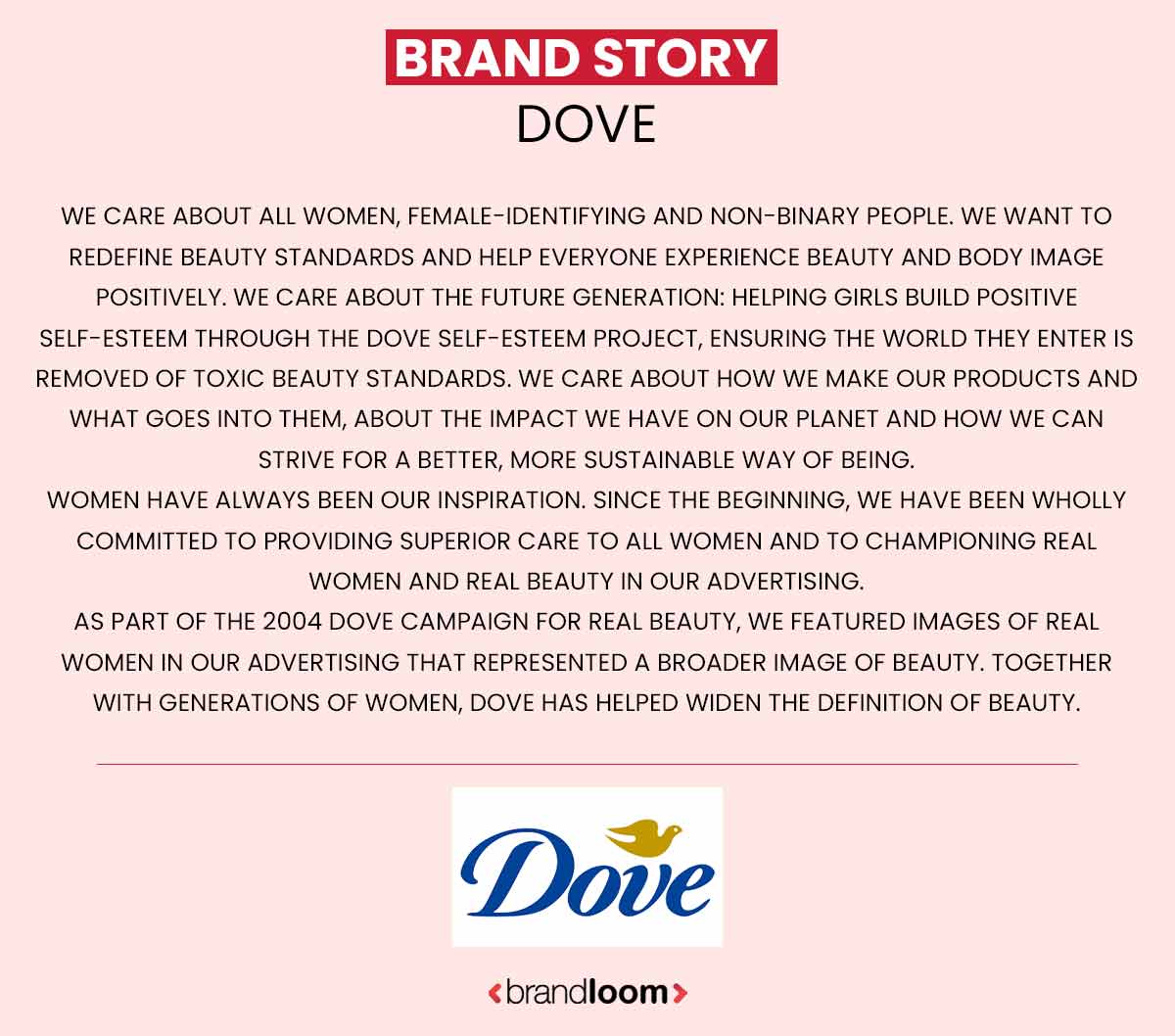
Samsung Brand Story
The Taiwanese tech behemoth keeps it short and simple.

Kipling Brand Story
Here is the story of the brand, synonymous with stylish bags.
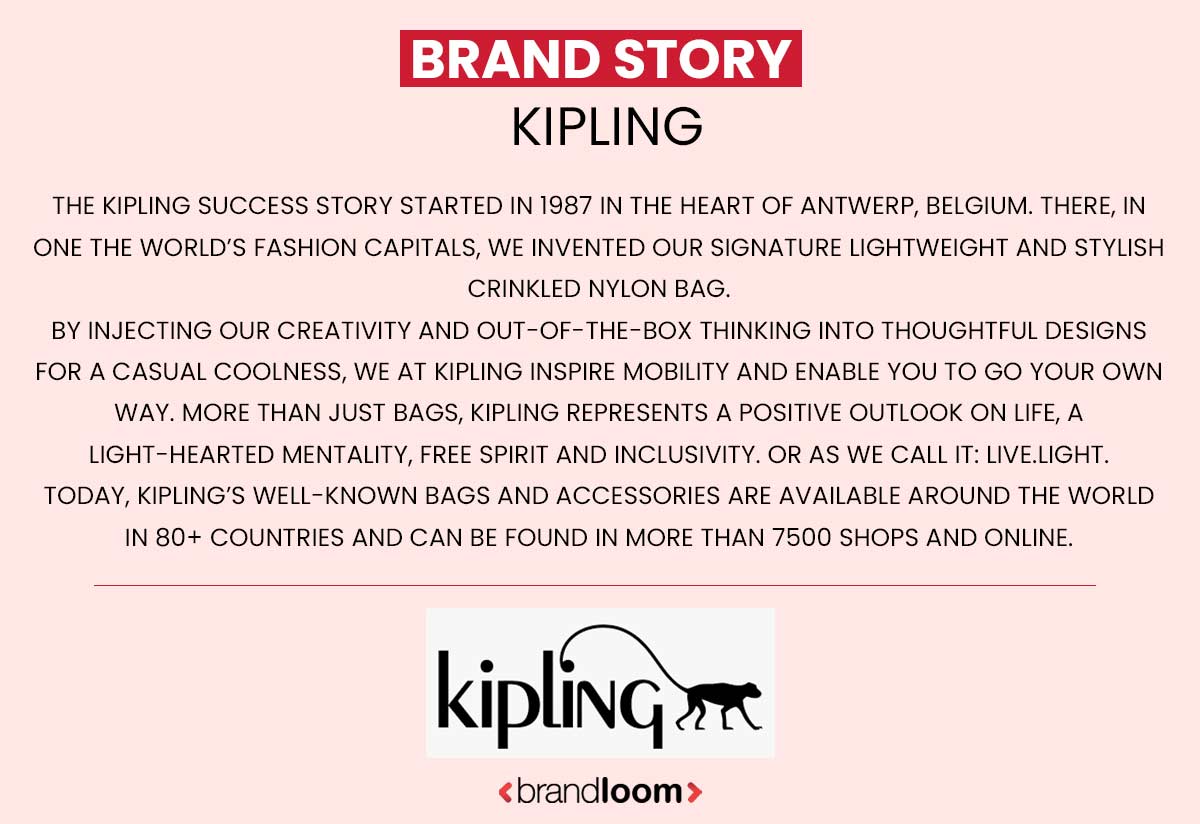
Harley Davidson Brand Story
The ruggedly masculine brand talks about what it stands for.
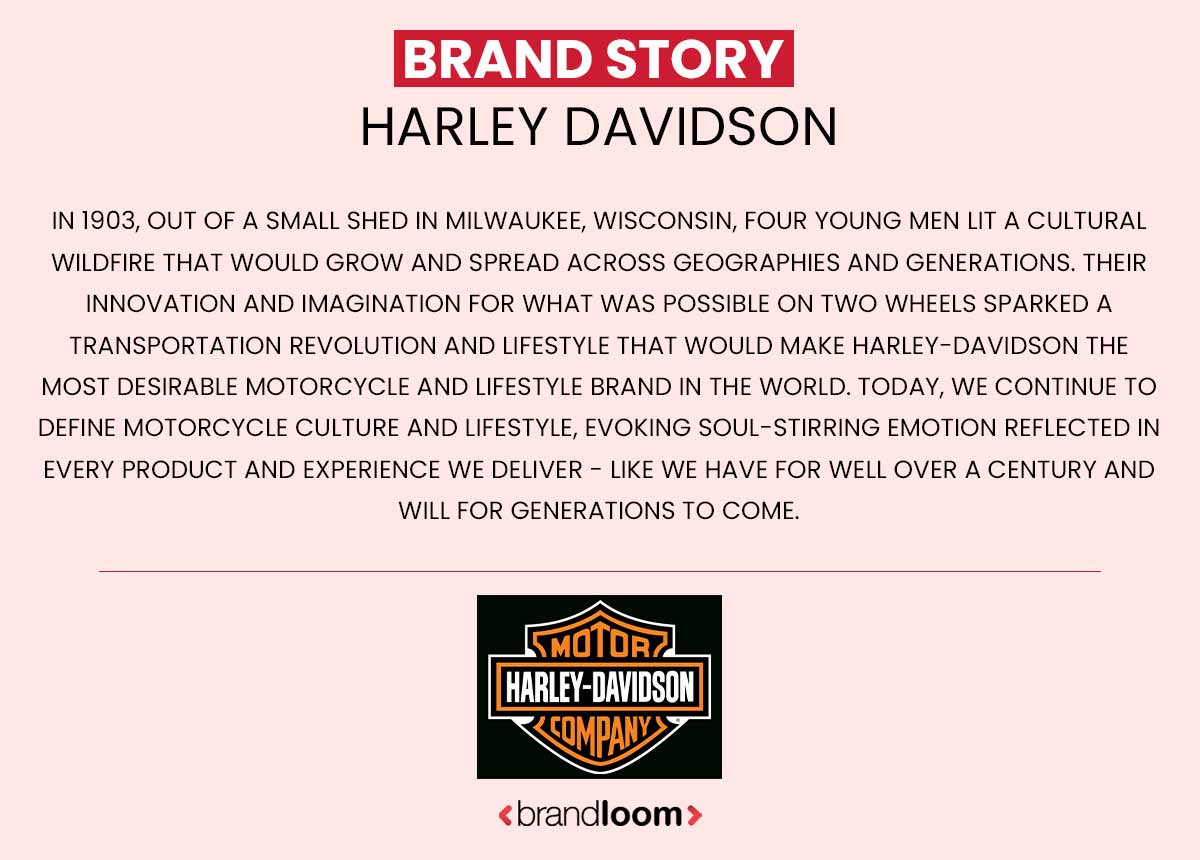
Cartier Brand Story
The world-renowned jewelry brand tells its story. Read more here.
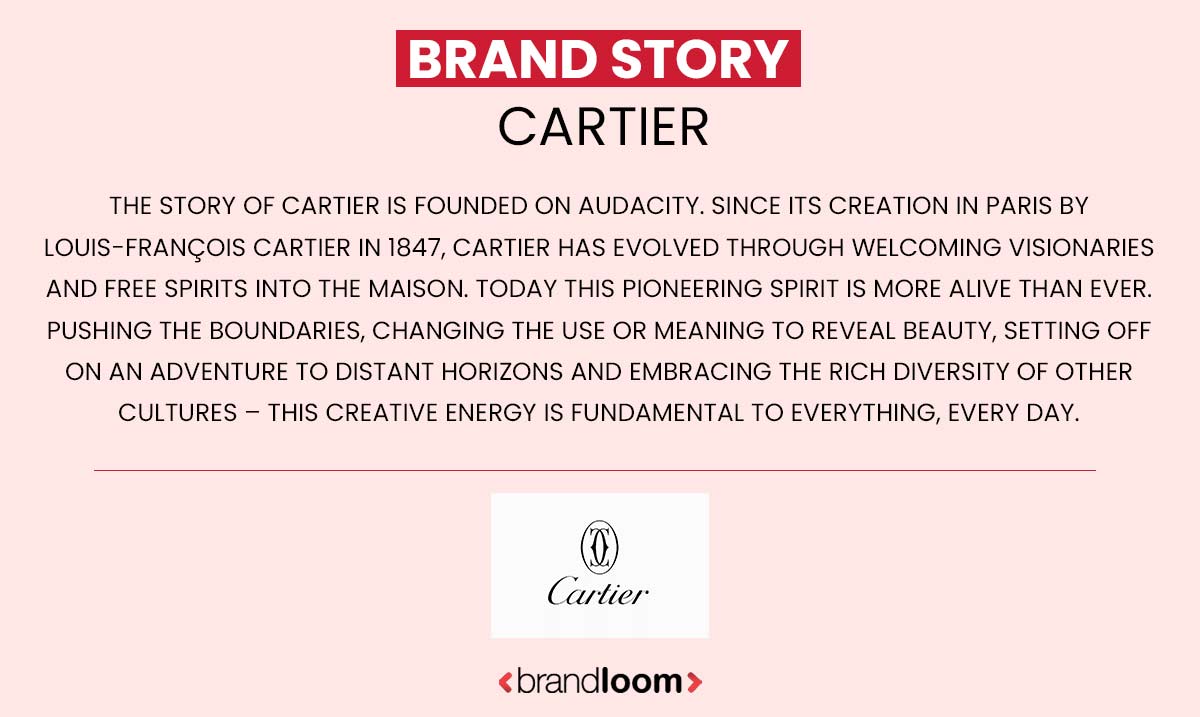
Biba Brand Story
The brand, synonymous with Indian women’s ethnic wear, talks about its story.
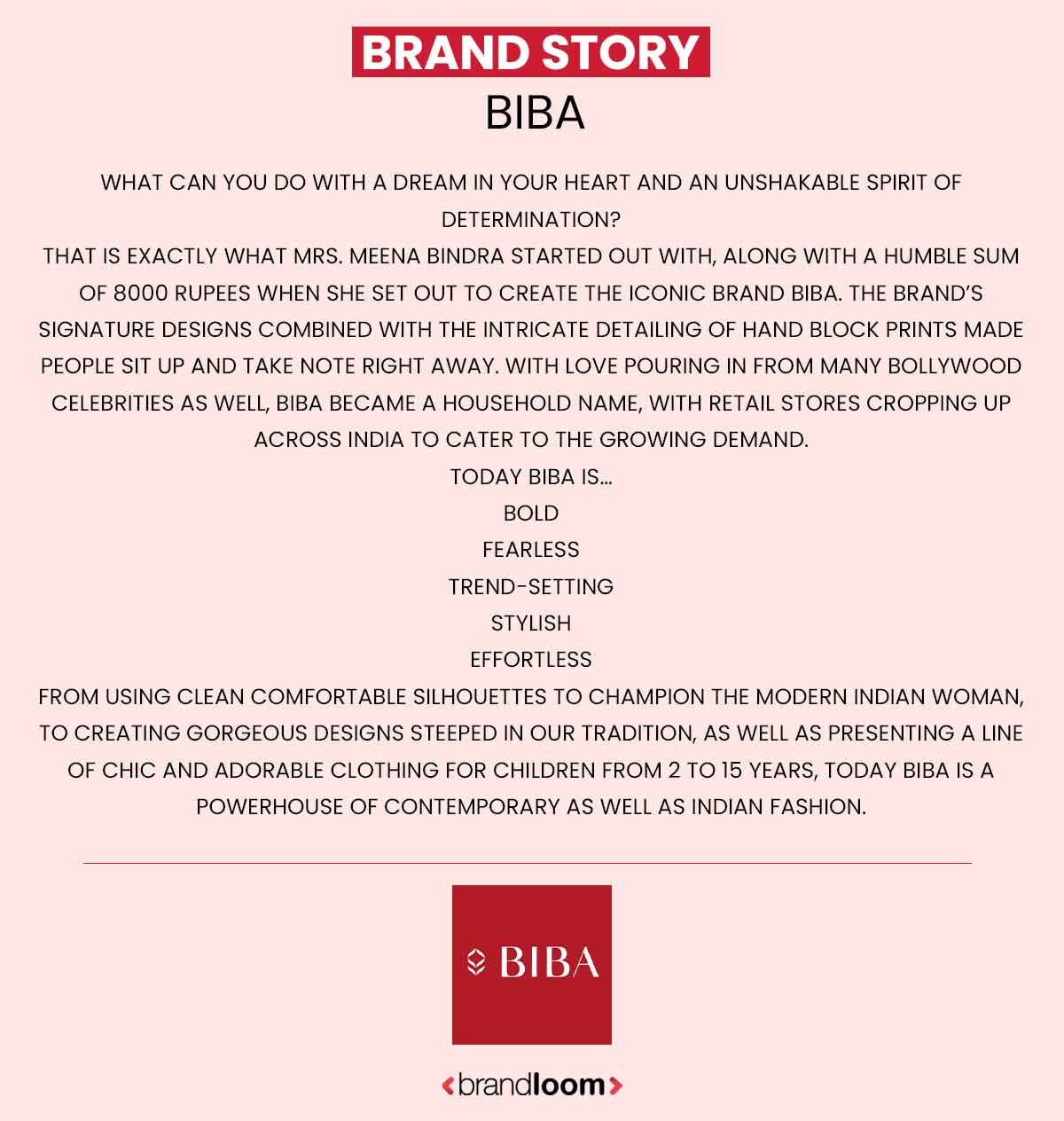
What to do with your brand story
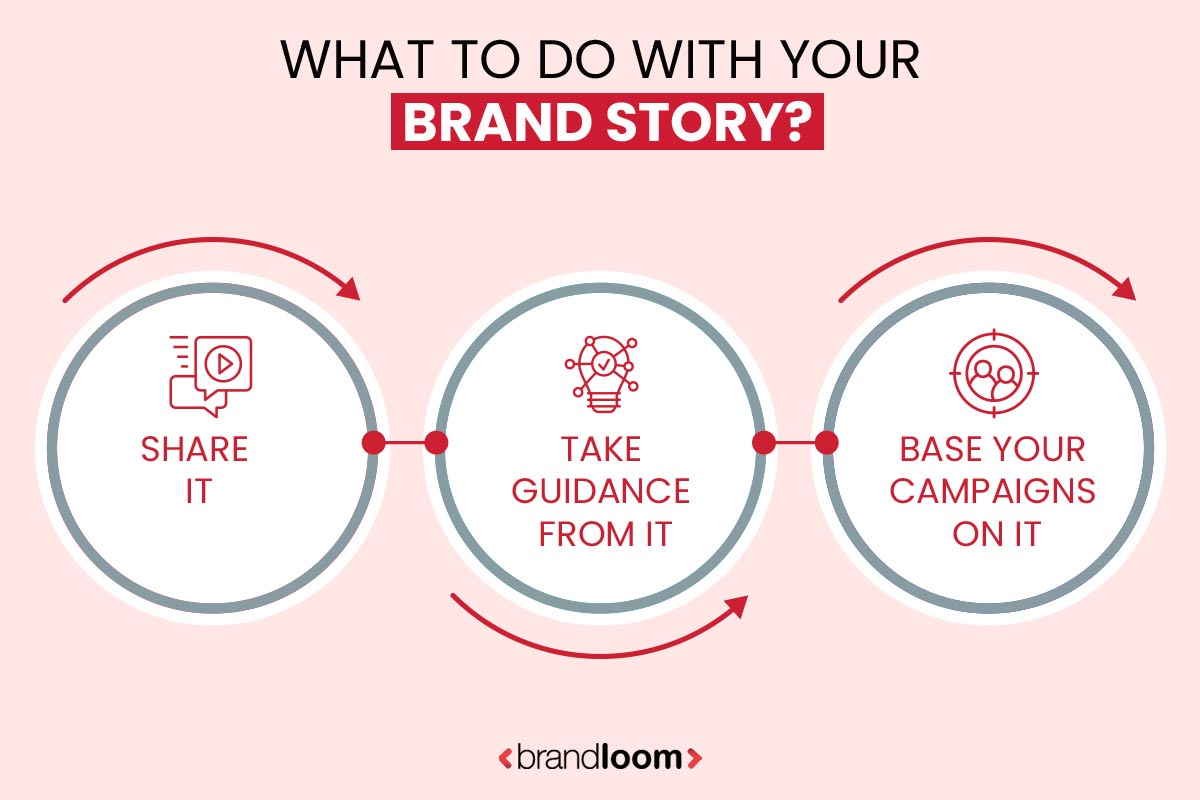
Now that you have your brand story- share it with the world and your team. Put it up on social media and feature it on your website. Have it on display in your office so your team can look at it.
2. Take guidance from it
Now, take inspiration from it. Make and enforce policies that help you reach the vision and purpose you are outlining there. Let it inform your work culture.
3. Make it the basis of campaigns
Your brand story is the basis of your communication and marketing strategy. It informs all outgoing communication, and you can use it to design campaigns to connect with your audiences.
Conclusion
Your brand’s story is its guiding light. It lays down the foundation of your brand and gives you the ideals you should work towards. It also hints at what type of business you should run and what kind of community you foster. So, make sure you write a GOOD one.
Does the task seem intimidating? It’s not. But if you think you are clueless about how to create your brand story- reach out to our Brand Story Experts or brand consultants.
Frequently Asked Questions on Brand Story
A brand story is a document that talks about what your brand stands for, what difference it aims to create, the people it targets, and its personality. If your brand was a person, and you asked them to talk about themselves meaningfully, what they would say would be like a brand story.
However, remember that a brand story is not a commercial document. It is an inspirational document that lays down the foundation of your brand, and defines its core aspects and personality. A brand can have many stories- every campaign it creates can have its own story.
If you want to create your brand’s story- talk to our brand story experts.
Many marketers use brand story and brand storytelling interchangeably- but they are very different.
A brand story is the culmination of a branding exercise- it is a snapshot of the core of your brand. It defines your audience, mission, vision, values, and personality. It is a document that seeks to inspire and acts as your brand’s guiding light.
Brand storytelling is an approach to communication. You can define it as a way of marketing your brand in a conversational and personal way; so that your marketing communication feels like a story.
A brand story is not a commercial document, but lays down your brand’s foundation. It is an elaboration of your brand’s core and talks about the emotions, thoughts, and motivation that defines it.
A good brand story can create trust with your audience: When they know more about your brand’s soul and motivation, they trust you more and get emotionally invested in it.
– Acts as your central philosophy: It informs your communication strategy, work culture, the way you do business, and the higher purpose your brand seeks to fulfill.
– Says who you are targeting: It talks about the people your brand will associate with, their wants and pain points, and expectations.
– Shapes your brand’s personality: It defines what your brand will look and sound like- so that you can fully flesh it out and stand out from your competitors.
If you want to create a good brand story- team BrandLoom can help you.
If you want to create a brand story, you have to objectively assess your brand, the market, and the audience. You must have a vision of what your brand will be like- so you should elaborate on your vision.
Your brand story should talk about the following:
– The status quo: the state of the market and the world around it.
– The conflict: what is the problem that you are seeking to change?
– Your audience: how is this problem negatively affecting your audiences?
– Your UNIQUE solution for it: how are you solving it, and what difference will it make in the lives of your audiences?
– Your purpose: what difference are you bringing about with your offerings?
If you are feeling flustered, talk to us.
Your brand story should be short and sweet. Don’t talk about EVERYTHING; identify ONE problem and ONE broad goal and elaborate on them. Do not get into too much detail, and don’t think of fluffing it up. Write straight from the heart, and be authentic and conversational. Do not burden it with details of your business, products, or services- let it act like a spiritual and motivational foundation for your brand.

